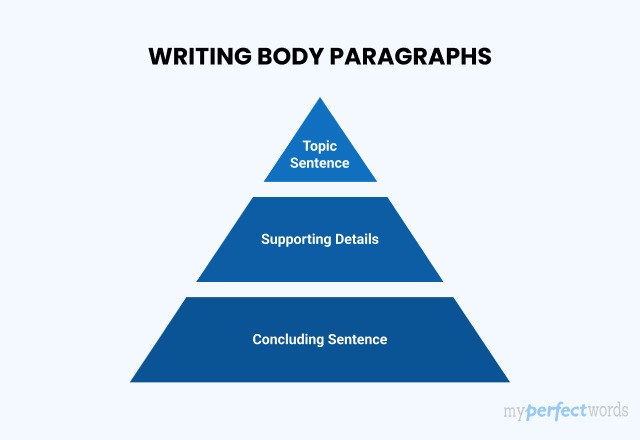What is an Essay Hook?
Hooks for essays, often found at the beginning of an essay introduction, serve as an opening sentence that immediately grabs the reader's attention. These hooks are a common feature in high school, college, and various academic assignments.
Keep in mind that hooks are not the same as introductions; they complement introductions and make them engaging. A good hook should be self-contained, avoiding the pitfalls of being dull or predictable.
Purpose of Hook in Writing
An effective hook serves two primary purposes.
- Firstly, it sets the tone for the essay by giving a sneak peek into what it's about.
- Secondly, it creates an engaging start that makes the reader want to explore the essay further.
Need attention-grabbing hooks? Our essay writing help can write essays with compelling hooks
How to Write a Good Essay Hook?
Here are the points that you need to keep in mind to write a hook for your essay.
Step#1 Know the Kind of Literary Work
First, it is important to have a clear vision in mind of the literary work you have selected for your paper. Here you need to describe what a certain essay type demands and what types of techniques you require to support your arguments in your essay.
Step#2 Create an Outline
Always create an essay outline to see how the information can be organized better and which points need to be highlighted. Try to find an attention grabber that adds to the significance of that point.
Step#3 Who are You Writing for?
Know your target audience and choose a way in which you want to develop your work. Your hook statement should be according to it. If you are writing for students, write in simple language. If you are writing for professionals, take the specific language into account.
Step#4 Know the Purpose of Writing Your Essay
Choose hooks that fit your paper. Know the type of essay you are writing and its purpose to create relevance with the upcoming body paragraphs. You can go for funny hooks if you are writing a paper on a light topic. If you are writing a conference paper, then you should be more formal.
Step#5 Revise and Refine
After writing your hook, revise it to ensure it's polished and impactful. Ask yourself if it effectively grabs attention and sets the stage for your essay.
Different Types of Hook
Let’s take a look at different types of essay hooks and explain them briefly with examples.
Type 1: Question Hook
A question hook is when you start something, like a story or an essay, by asking a question. It's a way to immediately get people thinking about what you're going to say next. It's like hooking their attention by making them wonder and want to find out the answer.
When posing a question, think about the interest of the reader and the things they would want to learn more about. Avoid making your question generalized or simple Yes or No questions.
For example, asking a general question such as “Do you watch television?” won’t grab their attention and make them think it over.
Always use rhetorical questions!
Question Hook Example
Here are some hook question examples:
|
Type 2: Anecdotal Hook
An anecdotal hook is like starting your essay with a short, interesting story or personal experience. It catches someone's attention by sharing a real-life example or a funny incident before getting to the main topic.
This type of hook should be directly related to the central theme of the paper, showing its relevance and connection to the main idea.
Anecdotal hooks shouldn't contain cliched phrases or unrealistic scenarios that feel fake or unrelated to the essay topic.
Anecdote Hook Example
Let’s take a look at the anecdotal hook example:
Last summer, as I anxiously stood at the edge of the zipline platform, I couldn't help but reflect on my fear of heights. With my heart racing and palms sweating, I took a deep breath and launched myself into the unknown. That exhilarating moment taught me more about conquering fear than any lecture ever could. |
Type 3: Quotation Hook
A "quote hook" is a type of hook used in writing that involves opening an essay with a quotation from a notable person, a famous author, or a respected source. The purpose of a quote hook is to instantly capture the reader's attention and establish the relevance of the topic by providing an authoritative statement.
A well-chosen quote can add credibility to your writing, evoke emotion, or introduce a key theme that you intend to explore in your essay. It can also set the tone for the piece, whether it's persuasive, informative, or narrative.
Quotation Hook Example
For example, if you're writing an essay about the importance of perseverance, you might start with a quote like this:
"The difference between a successful person and others is not a lack of strength, not a lack of knowledge, but rather a lack in will." - Vince Lombardi Literary Quotation Hook: "‘What’s in a name? That which we call a rose by any other name would smell as sweet.’ These immortal words spoken by Juliet in Shakespeare’s 'Romeo and Juliet' echo through the ages, inviting us to ponder the power of love and identity in the face of societal constraints." |
Type 4: Statistical Facts Hooks
Statistical facts hooks are when you start an essay with numbers or data to grab people's attention. The purpose of a statistical facts hook is to engage the reader's interest by presenting them with a surprising, statistic related to the essay's topic.
This type of hook is particularly effective when writing an informative essay or persuasive essay that relies on data and evidence to support the main argument.
Statistical Hook Example
Take a look at the sample statistical hook below:
"Did you know that the average person spends over four hours a day on their smartphone? In today's digital age, this addiction is reshaping our lives and relationships." |
Type 5: Personal Story Hook
Starting a piece of writing with a personal short story is a good idea when writing narrative essays or a college application essay.
It doesn’t have to be an experience that you faced firsthand; it could be something that happened with a friend or a relative.
Personal Story Hook Example
Here is what a good personal story hook looks like:
Growing up, my grandmother always had a knack for turning the ordinary into something magical. I remember one rainy afternoon when she transformed our small kitchen into a bustling bakery, filling the air with the aroma of freshly baked cookies. Little did I know, that day would change the way I viewed creativity forever. |
Type 6: Description Hook
This type of hook is like painting a picture with words. Instead of jumping right into the action or topic, it starts by vividly describing something related to the main idea.
This draws readers in by appealing to their senses and creating a clear image in their minds. It sets the scene and gets them interested in what's to come. Descriptive hooks are most commonly used in narrative essays but can be used in any type of writing.
Description Hook Essay Example
Here is an example of a description hook:
The first rays of dawn stretched across the horizon, casting a golden hue over the sleepy town. Dewdrops glistened on blades of grass, and the aroma of freshly brewed coffee danced in the air. Amidst this tranquil morning scene, a solitary figure stood on the porch, lost in thought, as the world around them stirred awake. |
Type 7: Metaphor/Simile Hook
A metaphor or simile hook is like comparing something in your essay to something else, using words like "as" or "like."It directly compares two things that are not related to each other.
It's a way to paint a vivid picture in the reader's mind, making your point more interesting and memorable.
Metaphor/Simile Hook Example
Let’s take a look at the metaphor/simile hook example:
Metaphor Hook: Life is a journey, and just like a ship navigating through stormy waters, we must weather the challenges to reach our destination. Simile Hook: Her smile was as bright as the morning sun, spreading warmth and joy to everyone around her. |
Type 8: Common Misconception Hook
This type of hook starts by talking about something that most people believe, but then reveals that it's actually not true. It's like saying something surprising to make your reader curious and interested in what you're going to say next.
Avoid adding information that's too complex or confusing, keeping it simple and straightforward to maintain clarity and impact.
Common Misconception Hook Example
Here is a sample common misconception hook:
"Many people think that goldfish have a three-second memory, but did you know that recent research suggests they can actually remember things for months? |
Hook Examples for Types of Essays
In academics, there are different types of essays according to their structure and purpose. For instance, an argumentative essay is a serious essay written to persuade the reader of an argument. Whereas a narrative essay could be a light-hearted narration of an event.
You can not use a funny question to start an argumentative essay. Similarly, you can not use a serious fact to start a funny narrative essay.
The table shows hook examples for different types of essays:
Method | Example | In Which Essay | Where it’s Not Good |
Question Hook | "Have you ever wondered what life would be like on Mars?" | Informative, Persuasive, Narrative | Technical or highly specialized essays |
Anecdote Hook | "Last summer, I embarked on a cross-country road trip..." | Narrative, Personal Development | Formal academic or research papers |
Quote Hook | "In the words of Albert Einstein, 'Imagination is more important than knowledge.'" | Persuasive, Informative | Highly technical or scientific papers |
Statistical Facts Hook | "Did you know that 95% of Americans own a smartphone?" | Informative, Persuasive | Creative or emotionally driven essays |
Let’s explore in detail some interesting hook examples according to different types of essays.
Expository Essay Hook Example -
Hook: "Did you know that bees are responsible for pollinating one-third of the world's crops?" Explanation: This hook explains the surprising and essential role that bees play in our food production, setting the stage for an expository essay that will explore this topic in detail. |
Argumentative Essay Hook Example
Here are two different hook examples for argumentative essay:
Statistical Hook: "Did you know that over 90% of Americans own a smartphone? With technology becoming an integral part of our daily lives, it's crucial to examine its impact on human interaction." Explanation: This hook utilizes a striking statistic to highlight the prevalence of smartphones in society, setting the stage for an argumentative essay discussing their effects on interpersonal relationships. |
Anecdotal Hook: "Sarah used to spend hours scrolling through social media, but one day, she decided to disconnect. Her journey sheds light on the addictive nature of technology and prompts us to question its role in our lives." Explanation: By starting with a personal anecdote, this hook draws readers in with a relatable story, leading to an exploration of the broader issue of technology addiction and its implications. |
Descriptive Essay Hook Example
A hook example sentence for a descriptive essay is as follows:
Hook: "Imagine standing on a pristine white beach, the turquoise waves gently caressing your toes, and the scent of saltwater filling the air." Explanation: This hook invites the reader to visualize a tranquil scene, creating anticipation for a descriptive essay that will provide vivid details and sensory experiences of this beautiful location. |
Persuasive Essay Hook Example
A hook example sentence for a persuasive essay is as follows:
Hook: "What if I told you that a simple change in diet could extend your lifespan by years?" Explanation: This hook raises a compelling question about the potential health benefits of dietary choices, hinting at the persuasive argument that will follow in the essay. |
Narrative Essay Hook Example
A hook example for narration is as follows:
Hook: “I am really not sure if it is a real memory or just something that became more solid over time. But I am not sure that my neighbor once tried to murder me.” Explanation: This hook introduces doubt about the authenticity of a memory involving the neighbor's alleged murder attempt. |
Compare and Contrast Essay Hook Example
Here is a sample hook:
Hook: "Apples and oranges—two fruits that couldn't be more different in taste, texture, and appearance." Explanation: This hook highlights the contrast between apples and oranges, signaling that the compare and contrast essay will explore the differences and similarities between these two fruits. |
Process Essay Hook Example
A hook example sentence for a process analysis essay is as follows:
Hook: "Have you ever wondered how your favorite chocolate chip cookies are made?" Explanation: This hook engages the reader's curiosity about the process of making chocolate chip cookies, setting the stage for a process essay that will provide step-by-step instructions. |
Cause and Effect Essay Hook Example
A hook example sentence for a cause and effect essay is as follows:
Hook: "In the realm of environmental science, the butterfly effect is real." Explanation: This hook introduces the concept of the butterfly effect and its relevance to environmental science, foreshadowing a cause and effect essay that will explore the ripple effects of small actions on the environment. |
Analytical Essay Hook Example
A hook example sentence for an analytical essay is as follows:
Hook: "Unlocking the hidden layers of Shakespearean sonnets is like deciphering a cryptic code." Explanation: This hook uses a metaphor to describe the complexity of analyzing Shakespearean sonnets, indicating that the analytical essay will delve into the intricate language and themes within these works. |
Informative Essay Hook Example
Here is a hook example for an informative essay:
Historical Hook: "In 1969, Neil Armstrong took one small step for man and one giant leap for mankind as he stepped onto the lunar surface. Exploring the Apollo 11 mission not only unveils the triumph of human achievement but also prompts us to ponder the future of space exploration." Explanation: This hook begins with a significant historical event, the moon landing, inviting readers to delve into the fascinating details of the Apollo 11 mission. It sets the stage for an informative essay exploring space exploration and its impact on society and technology. |
Research Paper Hook Example
Here is a hook example for research paper:
Hook: "In a recent study conducted by the World Health Organization, it was revealed that approximately 1 in 5 adults worldwide experience a mental health disorder in any given year. Delving into the complexities of mental health challenges and interventions becomes imperative as we navigate the global landscape of well-being." Explanation: While writing a research paper, this statistic hook draws attention to the prevalence of mental health disorders globally, highlighting the importance of further research and exploration in understanding and addressing these issues in society. |
Hook Examples In Speeches
Hook: “In the United States, people are still fighting to be free. Many are fighting for free access to resources, free speech, and even the right to marry.” Hook: “Getting revenge can easily become an obsession for many people. Some really crave that kind of thing when they are being wronged.” |
Tips to Choose a Good Hook
Choosing a good hook involves engaging your audience, creating interest, and setting the stage for your content. Here is how to choose a good hook:
- Know Your Audience: Understand the interests and preferences of your target audience.
- Relevance is Key: Ensure your hook directly relates to your content's topic.
- Shock or Surprise: Use shocking facts, surprising statistics, or intriguing anecdotes.
- Tell a Story: Engage emotionally with personal stories or narratives.
- Pose a Question: Ask thought-provoking questions that make readers curious.
- Quotations: Share powerful quotes from relevant authorities.
- Visual Imagery: Use descriptive language to create vivid mental images.
- Conciseness: Keep your hook brief and to the point.
To Sum it Up!
Now you know the different ways to start your essay or research paper. It’s up to you to choose the most effective hook based on your paper type. Remember, starting with a strong hook can make or break your essay, but finding the perfect opening line isn’t always easy.
Luckily, you can get help from MyPerfectWords.com. Our team of professional writers is ready to craft impeccable essays tailored to your needs, ensuring academic success without the stress.
So, if you ever find yourself thinking, 'I need someone to do my essay' we're here to provide top-notch assistance.
Get writing assistance and unlock a world of academic excellence!



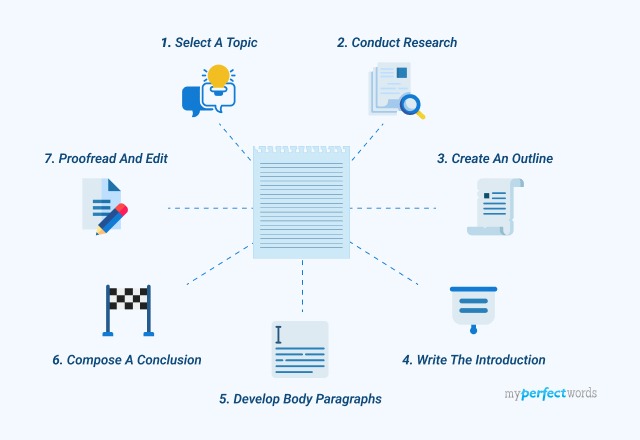

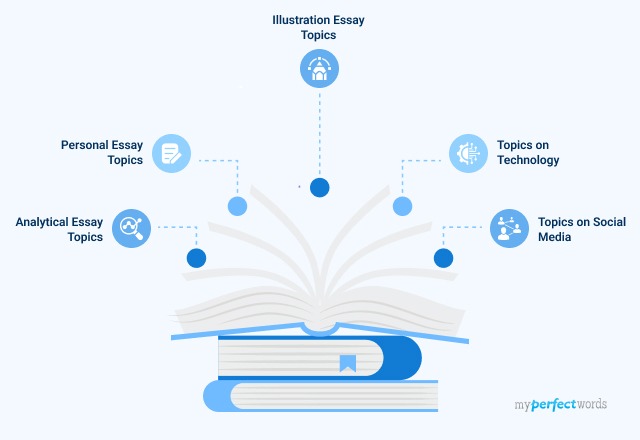


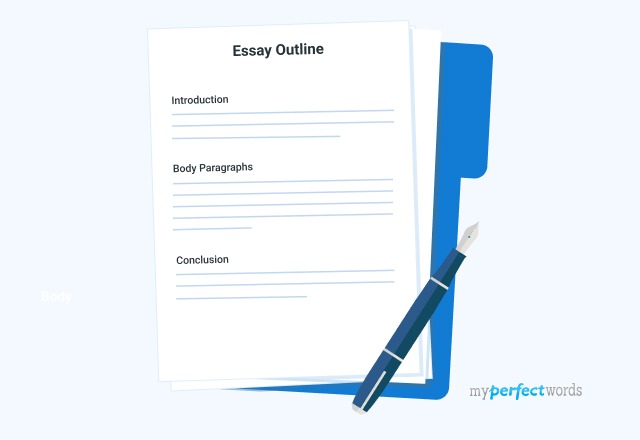



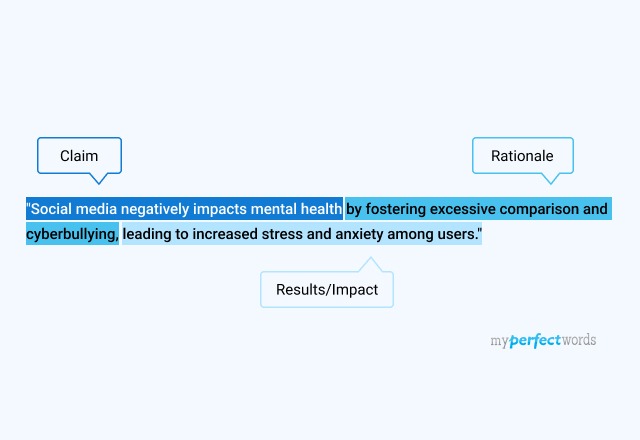





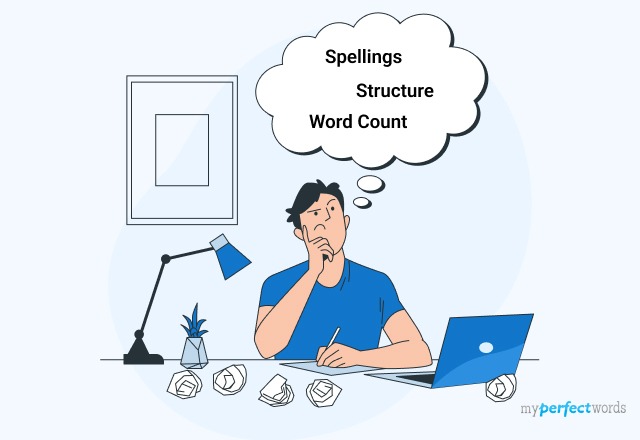

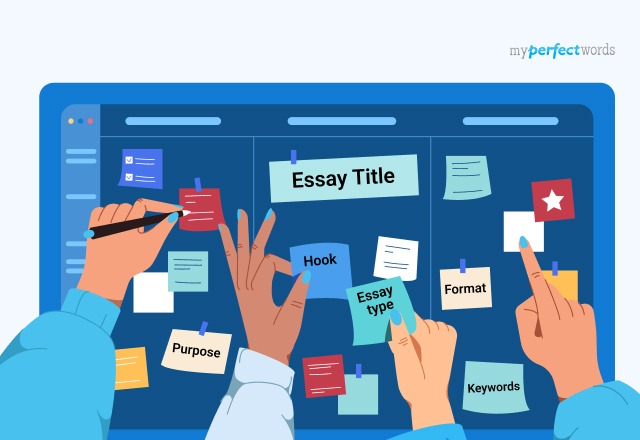
-9261.jpg)

